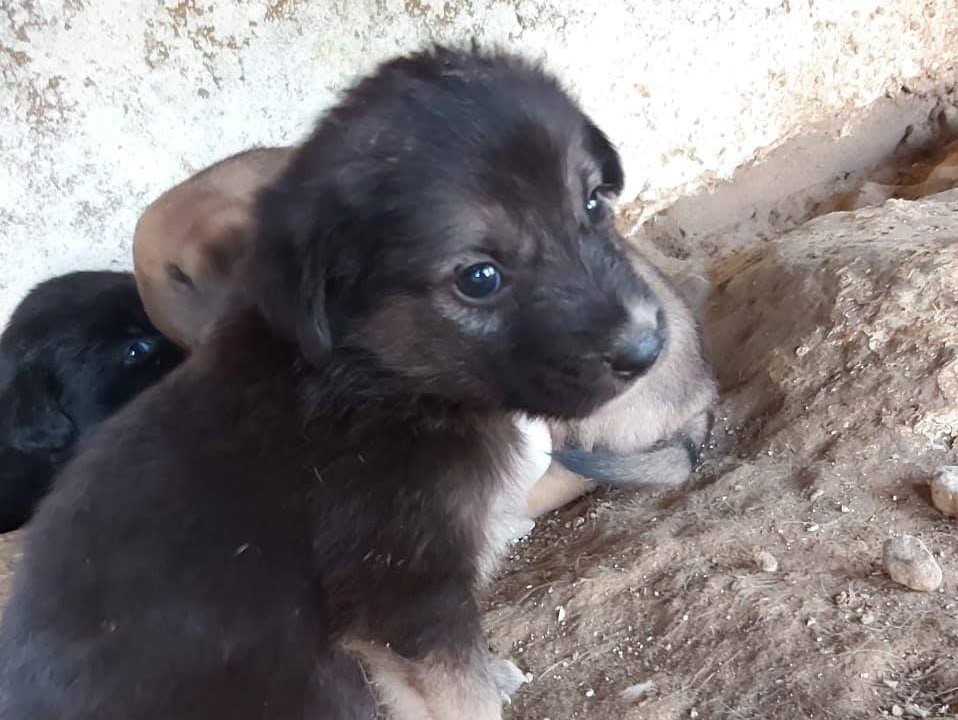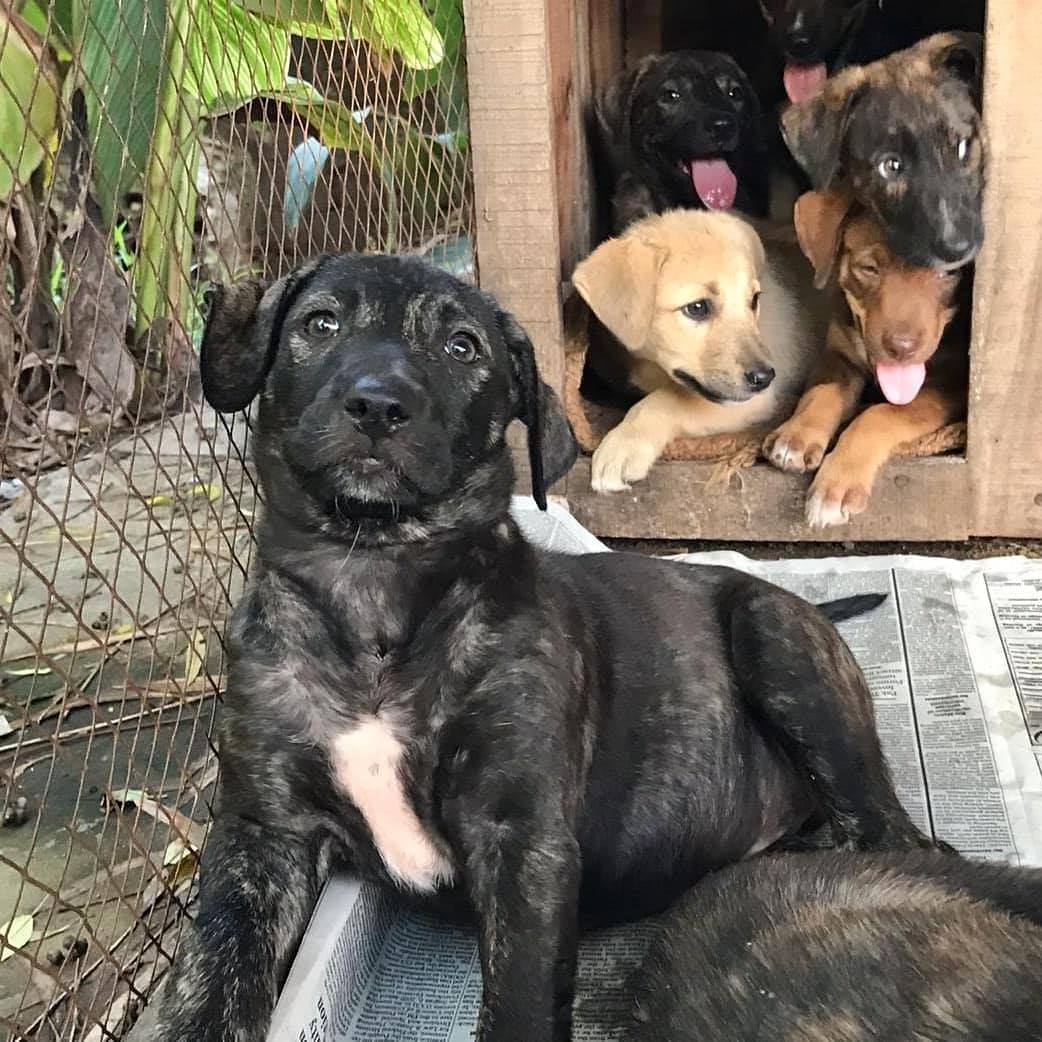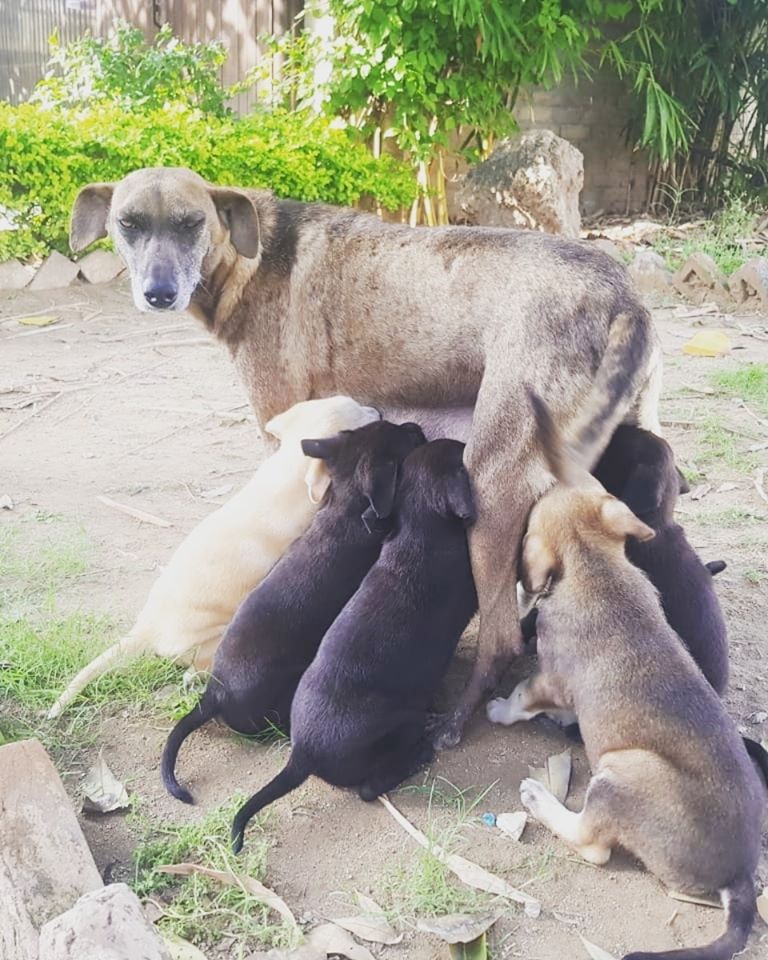Humane Aware Blog
Rabies and Humane Dog Population Management
 Photo credit: Saving Life on Paws
Photo credit: Saving Life on Paws
September 28th 2020
Today is World Rabies Day, a global day of action and awareness for rabies prevention. In the current context of the Covid-19 crisis, rabies surveillance and vaccination campaigns have inevitably suffered disruption (see, for example, Raynor et al, 2020). Yet rabies is responsible for an estimated 60,000 human deaths per year, with an economic cost of 8.6 billion USD (WHO, 2016). Given the challenges that Covid-19 will continue to present to public health systems, it is vital that strategies for rabies prevention are sustained.

Dog bites are responsible for over 95% of human cases of rabies with poor, rural communities and children being disproportionately affected. Yet, unlike most zoonoses, rabies is a fully preventable disease. Vaccinating at least 70% of the free roaming dog population is widely acknowledged as an effective means of breaking the cycle of rabies transmission (WHO, 2016). Moreover, the treatment of human rabies is much more expensive, and often inaccessible, compared to the cost of vaccination programmes to control dog rabies.
Controlling dog-mediated rabies requires a coherent and long-term vaccination and dog population management strategy, yet many countries sadly continue to adopt reactionary policies of dog culling. Mass dog culling has been shown to have no long-term impact on the control of rabies. On the contrary, it is detrimental to the effectiveness of rabies vaccination efforts:
“…culling does not address the source of new or replacement animals, and has only a temporary effect on population size. Furthermore, rapid dog replacement rates have been documented in some areas following culling, leading to a younger population of generally rabies-susceptible dogs. Indiscriminate culling of dogs in communities where rabies vaccination programs are operating is likely to remove vaccinated dogs from communities, resulting in lower vaccination coverage and a counter-productive increase in rabies transmission as populations recover.” (Taylor et al, 2019, emphasis added.)
In addition to being ineffective, dog culling practices are also inhumane. Shooting or poisoning are not humane means of euthanasia, with many dogs suffering immensely before they eventually die. Furthermore, culling practices tend to be very public. It is not uncommon for shot dogs to be left on the streets for collection in full view of members of the community. There is a growing body of research suggesting a link between animal abuse and human abuse and such institutional violence towards non-human animals could de-sensitise people to abuse in general.
In 1990, the World Health Organization published guidelines on dog population management that discouraged the practice of culling and recommended instead a policy approach of vaccination, sterilization and public education. Repeated studies continue to confirm that vaccination and sterilization programmes, combined with community outreach and education, are the most effective methods of controlling free-roaming dog populations and maintaining a healthier population that presents fewer risks to public health. Despite this, many countries continue to practice culling as a method of dog population control.

In countries where dog culling persists, the impetus for regional, small-scale efforts towards sterilisation and vaccination often comes from NGOs and/or animal welfare champions. These champions are central in bringing the issue to light and contributing to the development of best practice strategies of dog population management. However, governmental buy-in and legislative changes are also necessary to de-legitimise culling and to ensure a coordinated, long-term strategy backed up by robust human and animal disease surveillance.
For more information, see our report on Dog Population Management in Pakistan.
